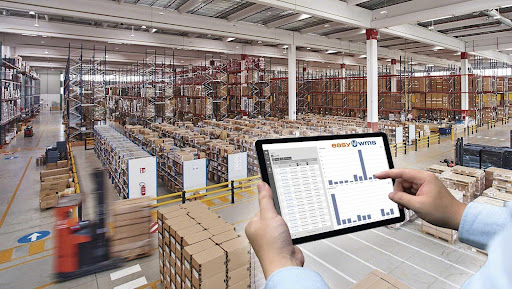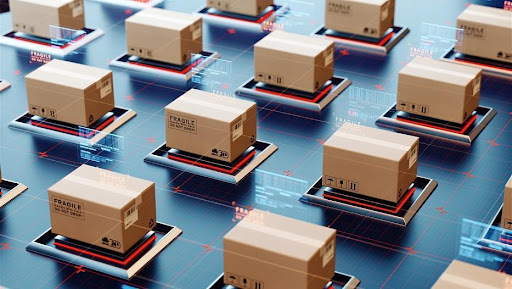Current trends in the development of logistics centres


Storage and distribution centres play an important role in helping to ensure that logistics operations are optimised, efficient and competitive. Organisations are constantly on the lookout for innovations and solutions that will enable them to remain at the forefront of their sector. Logistics centres are currently being developed at a rapid rate, boosted by the adoption of disruptive technologies and increasing demand from electronic commerce. Current trends such as automation, the use of robots, data analysis and the use of intelligent systems are revolutionising the way we design and manage logistics centres. In this article, we explore in detail the main trends that are helping to shape the current and future logistics sector, and how these innovations are having a positive impact on companies’ supply chains.


The impact of automation on logistics centres: how does it affect operational efficiency?
Automation has revolutionised logistics centres and has had a significant impact on the way they operate. The use of advanced technologies like robots and intelligent systems has made storage, packing and distribution processes more agile. This has helped to substantially improve operational efficiency by reducing response times and minimising errors. Automation has also helped companies monitor stock levels more accurately and manage human resources better. These innovations have optimised the supply chain by cutting costs and providing both companies and customers a quicker and more satisfactory service.
Current trends and emerging technologies at logistics centres
This kind of automation can only exist through the development and use of new technologies. Logistics centres are adopting emerging technologies such as the Internet of things (IoT) to improve supply chain visibility. Real-time information about the location and status of products in transit can be obtained using connected devices and sensors. In addition, data analysis and Big Data solutions are being used to manage stocks more accurately, as they enable companies to anticipate demand and reduce storage costs. Artificial intelligence (AI) also plays an important role by improving transit routes and making processes more agile. These technologies boost efficiency, minimise errors and enable logistics centre users to make more informed decisions.
Increasingly, technological progress and digitisation are unleashing vigorous competition between inverse logistics specialists. These companies tirelessly compete to create more advanced software that can be perfectly adapted to customers’ needs. Their main aim is to make traceability more accurate and anticipate demand more effectively, which enables them to standardise and optimise their operations. In this context, artificial intelligence and machine learning are vital components to support development.


How are logistics centres adapting their infrastructure to tackle logistics challenges resulting from the growth of electronic commerce?
Robotics and automation systems are being implemented at logistics centres to make ordering processes more agile and reduce delivery times. Storage capacities are also being increased through the use of strategically located and larger storage facilities. As we noted previously, the use of real-time monitoring technologies enables greater supply chain visibility.
Logistics Centres: Artificial intelligence and data analysis
Artificial intelligence and data analysis are transforming our society, and logistics centres are part of this process. Advanced algorithms are being used to analyse both historical and real-time data to identify patterns and trends, which in turn is helping to significantly improve planning and decision-making.
In conclusion, current logistics centre trends are boosting supply chain visibility and efficiency within a constantly changing and competitive environment.










